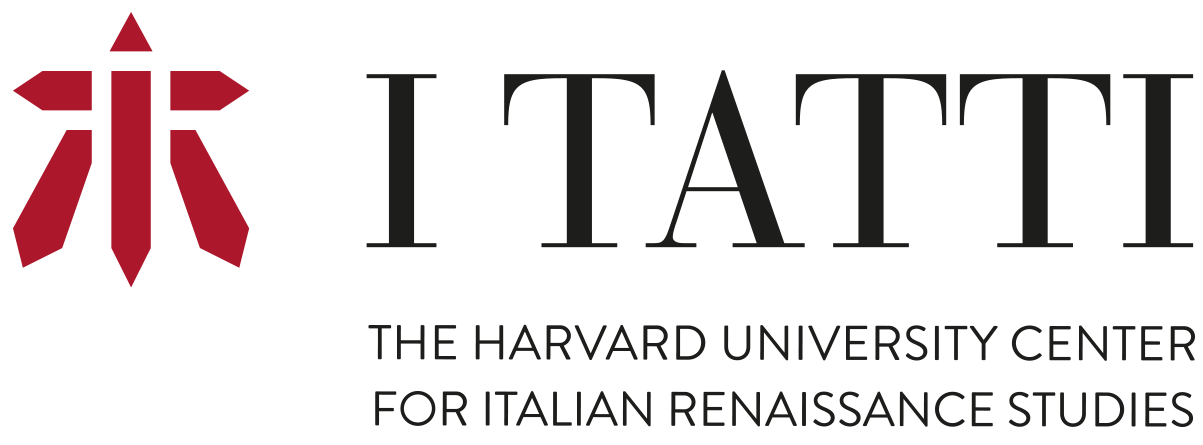Crossroads Africa explores the role of Africa and Africans in shaping the early modern world (c. 1300-1700). Its essays identify and analyze key spaces, objects, and ideas that emerged on the continent as it engaged with the early modern world and continue to inform the circulation of people, goods, and ideas today. Focusing on a set of related geographies—West Africa, its Atlantic archipelagos, Ethiopia, and the Italian peninsula— its chapters explore: the exchange of materials (including ivory, coral, glass beads, textiles, and metalwork); the circulation of knowledge and technologies; enslavement and the formation of creolized communities and cultures; the representation and perception of power. Its authors are art historians, archaeologists, and historians of political institutions, economics, and the slave trade whose essays innovatively and productively cross historiographical and geographical boundaries, building the emerging field of early modern African studies.
